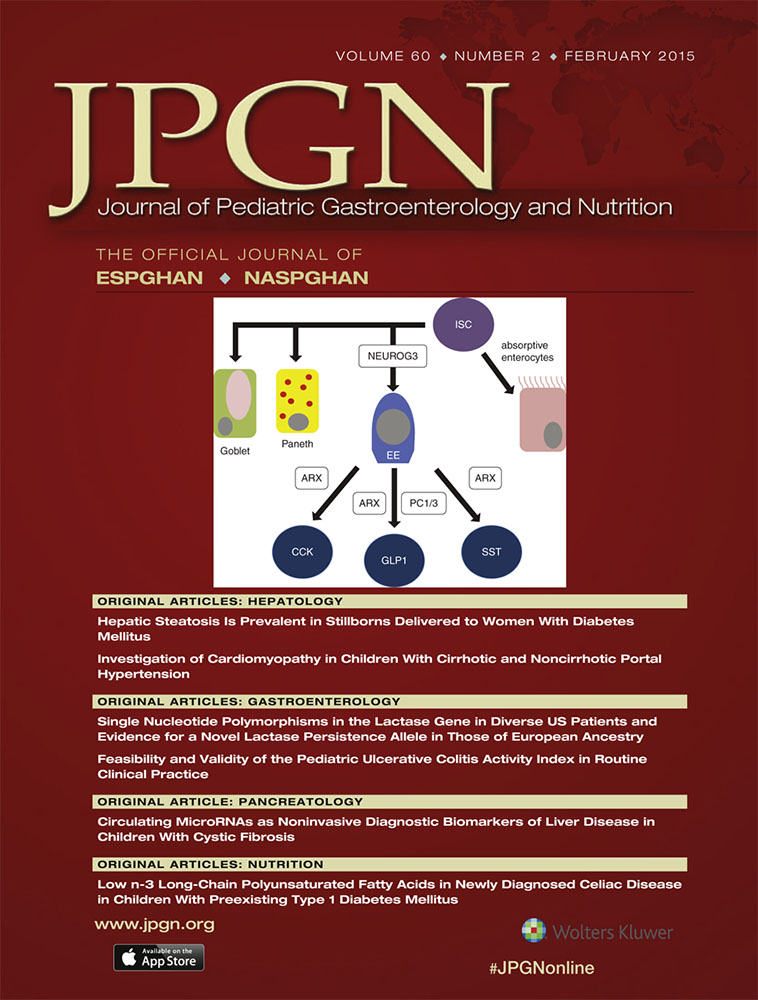Duodenal Morphometry and Small Bowel Permeability in Children With Portal Hypertension
The authors report no conflicts of interest.
ABSTRACT
Objective:
We prospectively studied children with portal hypertension (PHT) for portal hypertensive duodenopathy (PHTD) and small bowel intestinal permeability (SIP) with the objectives of defining histopathological parameters for PHTD and to find out whether any association existed among structural changes, SIP, and nutritional status.
Method:
SIP was assessed by using lactulose and mannitol sugar probes in 31 children with PHT (cirrhosis n = 15 and extrahepatic portal venous obstruction n = 16) and 15 healthy children as controls. Morphometric assessment from duodenal biopsies was done in children with PHT. SIP and morphometric parameters were correlated with nutritional status and dietary intake.
Results:
Among children with PHT, 48% had PHTD defined as presence of villous atrophy (villous to crypt ratio < 2.5:1), dilated capillaries (capillary diameter > 16.8 μm, capillary area > 151 μm2, capillary perimeter > 56 μm), and thickened muscularis mucosae (>22.2 μm). Lactulose excretion alone was increased in children with PHT as compared with healthy children (median %: 0.03, 0.02, and 0.01 for cirrhosis, extrahepatic portal venous obstruction, and controls, respectively [P < 0.01]) signifying increased paracellular permeability in PHT. Children with PHT had significantly lower z scores for height, weight, and triceps skin-fold thickness (<−2SD), whereas no differences were found in dietary intake between patients and controls. Increased SIP, nutritional compromise, and PHTD in our patients had no correlation.
Conclusions:
PHT is often associated with duodenopathy. SIP does occur as a result of increased paracellular permeability. Factors of increased SIP, undernutrition, and PHTD do not have correlation in childhood PHT.




